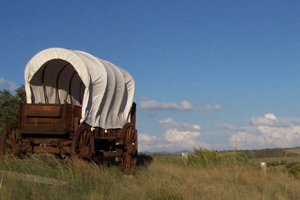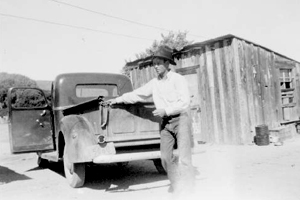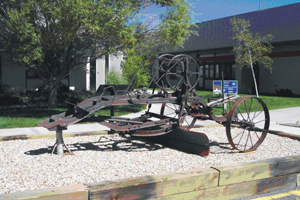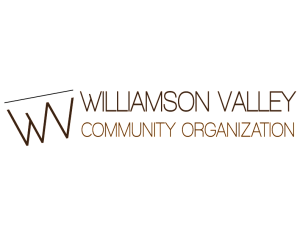Williamson Valley History



In the 1860s this led to hostilities resulting in deaths on both sides. When the Civil War began, the Federal government established Arizona as a territory. Troops were stationed in the area to protect the gold mines and the growing number of settlers from both the Confederates and the hostile Indian tribes. In turn, the presence of the army and the growing civilian population created a demand for beef and hay. These events laid the foundation for agribusiness in the area. The lush grass in the Williamson Valley provided a natural basis for raising both hay and cattle. In 1864, a cattleman named Stevens brought livestock into Williamson Valley and began the long and prosperous connection between the valley and the new markets in Prescott
and beyond.
Williamson Valley was named after Lt. Robert Stockton Williamson who served as a government surveyor in Arizona in 1854 with Lt. Joseph Ives. Since the valley was a natural passage to the Prescott area, Thomas Simmons, a civilian, established a stage station in the 1860s. Simmons, originally from Arkansas, provided meals, an exchange of horses, and also manned a post office. As postmaster in 1871, Simmons designated the station “Wilson,” after the late Commissioner of the General Land Office. In 1873, the name was changed to “Williamson Valley.” In 1881 the name changed once again, this time to “Simmons”, until the
station closed in the 1930s. What is now Williamson Valley Road was known for many years as Simmons Highway. In fact, county publications continue to designate the name Simmons Highway on official maps.
Further south of the valley, the Community developed a similar economic structure based on ranching. In addition to the cattle industry, the Community diversified into small farms that provided fresh vegetables and fruit for residents in Prescott.
The following is an overview of life in the Williamson Valley Community in past years:
- Horses were the preferred mode of transportation around ranches and on back roads. Residents also used automobiles, primarily the Model T and Model A Fords, for traveling between ranches and for trips into town. Overland transportation was by stagecoach. A stage stop was located on the west side of Williamson Valley Road across from the Crossroads Ranch. In general, roads were poor and traveling was difficult and slow.
- Almost all Community residents had gardens and canned what they grew in order to survive the winter. Beef, pork, and chicken from domestic animals supplemented fruits and vegetables from the garden, as did meat from wild game. Meat was smoked, salted, hung in cellars, and sometimes canned.
- For Community residents the primary sources of income were from the sale of cattle, hay, and horses–both ranch horses and bucking horses for rodeos. Meat cutting, carpentry, blacksmithing and the sale of dairy products often supplemented income.
- Social life revolved around neighbors helping neighbors with cattle roundups and putting up hay. The distance between ranches, frequently three or more miles, deterred frequent visits. Dancing was popular, and traveling bands visited Skull Valley, Kirkland, Williamson Valley, and Chino Valley. Rodeos were the biggest social events with Prescott’s rodeo as the crown jewel.Residents held smaller, informal rodeos on individual ranches for fun and to practice for the major events. A visit to the town of Prescott was a major event in itself.
- Next to rodeo, the most popular recreation for men and boys was hunting. In fact, a rite of passage for boys was the exchange of the BB gun for a .22 rifle. Deer, antelope, and rabbits were commonly hunted for their meat. Cougars were plentiful and unpopular with the ranchers, because they killed cattle and deer. As a result, men hunted them for their bounty.
- By today’s standards, the crime rate was low. Cattle rustling was considered one of the most serious offenses.1 Williamson Valley2 and the Williamson Valley Community have had a long and positive impact on the growth and prosperity of Prescott and Yavapai County. The history of the County and of the City of Prescott would have been very different if the ranching and farming industry of Williamson Valley and the Community had not developed
1 Source: Sharlot Hall Museum oral history archives.
2 As an historical footnote, for many years the entire plan area has been referred to as Williamson Valley by the residents, area residents, County Board of Supervisors, County Planning Commission, and County Staff alike. Technically, though, only the northern portion of the plan area is “Williamson Valley.” The southern portion was long ago called Mint Valley.
